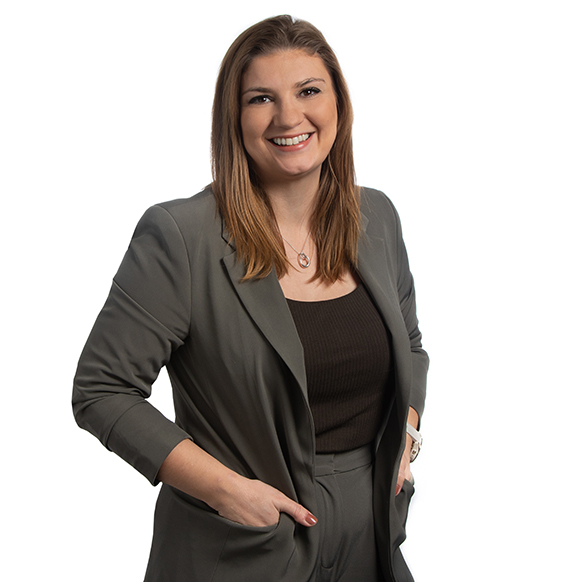What is the trading allowance?
 The trading allowance is a tax-free allowance of up to £1,000 per year for any trading or casual income sources.
The trading allowance is a tax-free allowance of up to £1,000 per year for any trading or casual income sources.
Sometimes referred to as the “hobby allowance”, the trading allowance is great for people who are just starting out a trade or receive small revenues for small gigs such as occasional dog walking.
The trading allowance is separate and in addition to your personal allowance (£12,570 for 2024/25) and is available in full even if you have only traded for part of the tax year!
How to claim the trading allowance:
Total gross* income is less than £1,000
If your total gross* trading income is less than £1,000 then you get full relief with the trading allowance, effectively reducing your taxable profits to nil.
Under these circumstances, you do not need to register for self-assessment or make a formal claim for the allowance. However, if you are already filing a self-assessment tax return for other reasons, you should declare this income and claim the allowance on the self-employed pages (the tax impact is the same!).
For example:
Jessie did some handy work for her neighbours and in exchange received a total of £600 in the 2024/25 tax year. As her gross trading income falls below the £1,000 limit, she is able to get full relief. Her taxable trading income is reduced to nil (as the trading allowance cannot be used to create a trading loss). She doesn’t need to declare this income.
Total gross* income is more than £1,000
If your gross* trading income is more than £1,000 you will need to report the income via self-assessment. You can make a partial relief claim against your income such that the taxable profit will simply be the total gross income less the trading allowance.
For example:
Arnold started walking his friends’ dogs partway through the 2024/25 tax year. He made £1,500 in doing so and did not incur any expenses. Therefore, he is entitled to a partial relief bringing his total taxable trading income to £500.
If Arnold had incurred expenses of more than £1,000, it would be more beneficial for him to not claim the trading allowance and instead use his actual expenses to reduce his taxable trading income.
*Gross income is all of your trading and casual income before any expenses.
Reasons not to claim the trading allowance
There are a few circumstances where it will be more beneficial not to claim the trading allowance. For example:
- Your trading expenses for the year are greater than £1,000. Here, your taxable trading profits will be smaller if you deduct your genuine expenses instead – therefore paying less tax. See Arnold’s example above.
- If you make a trading loss for the year it will be more beneficial to report the loss via self-assessment to be used against your trade in the future.
- You can only get one trading allowance even if you have multiple trades. This means it might be more beneficial to report your actual expenses where the total across all trades is in excess of £1,000. In this case, it is important to take into account your tax position as a whole.
If you think you may have incorrectly claimed the trading allowance, for example by including it as well as your expenses, it is important to correct your tax position as soon as possible.
Equally, if you feel you may have been entitled to it in the past but have not made a claim, it may be possible to go back and do so now.
Article written by Meg Dymond, Senior, Private Client Team, Menzies LLP
If you would like to discuss your circumstances with us in confidence, please contact Menzies’ Tax Disputes and Disclosures team on our free confidential helpline below or get in touch with us via the below contact form
